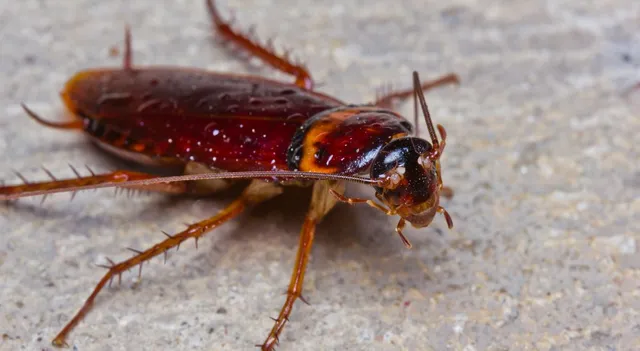- By Ridam Sharma
- Sat, 02 Aug 2025 04:44 PM (IST)
- Source:JND
Creatures Without Heads: In the animal kingdom, there are a number of animals that show miraculous resilience by living for days, or even weeks, without heads. This is due to specific anatomical specialisations and decentralised nervous systems. The best-known examples include cockroaches, some flatworms such as planarians, and even chickens, each showing different biological mechanisms for withstanding decapitation.
Cockroaches are among the best-known headless survivors. They can survive for as long as a week or, in certain cases, longer without their heads. This is because of two main reasons. To start with, cockroaches respire through spiracles, small holes in their body segments. Hence, their respiratory activity isn't based on their nose or mouth. Second, their nervous system is decentralised; the head contains some neural tissue, but critical nerve clusters follow the ventral (underside) edge of the body, so basic motor functions such as reacting to touch or light continue even after decapitation. Finally, a headless cockroach perishes not due to the absence of a brain, but due to dehydration, since it can no longer consume fluid.
Also Read: Which Animal Has 3 Hearts And Blue Blood?
Planarian flatworms are even more astounding. When a planarian's head is cut off, not only can it survive, but it can even regrow a new head and retain memories from its previous brain. This remarkable ability is a result of having an overabundance of stem cells scattered all over their bodies. With these cells, planarians can rebuild their entire nervous system, including the brain, within a few days. Scientific studies of planarian regeneration are at the forefront of stem cell research.
Chickens have become folklore phenomena due to their post-decapitation behaviour, which is usually running or flapping for several minutes after having their heads cut off. This is because certain parts of their brain stem, which are responsible for primitive functions, may survive depending on the point of decapitation. Most notably, a chicken by the name of Mike lived for 18 months following decapitation because part of his brain stem survived, enabling him to breathe and make simple movements.
Also Read: Do You Know Some Animals Change Colour For Survival? It's Not Just Chameleon
Several other creatures are also able to function for a short while after being decapitated. Some amphibians, such as frogs and toads, have sufficient nerve function to move and react to stimuli for minutes or even hours. A few insects, such as praying mantises, bees, and ants, show reflexive motor activity after their heads are removed, facilitated by their ganglia—clusters of nerve cells—spread throughout their bodies.
This process, as sobering as it is, highlights the cunning of nature: through distributed nervous systems, regenerative powers, and specialised circulatory patterns, these creatures momentarily transcend what would be an instantaneous death warrant for most other life forms. Their research has far-reaching implications in ways ranging from neuroscience and regenerative medicine to deciphering fundamental life processes.

